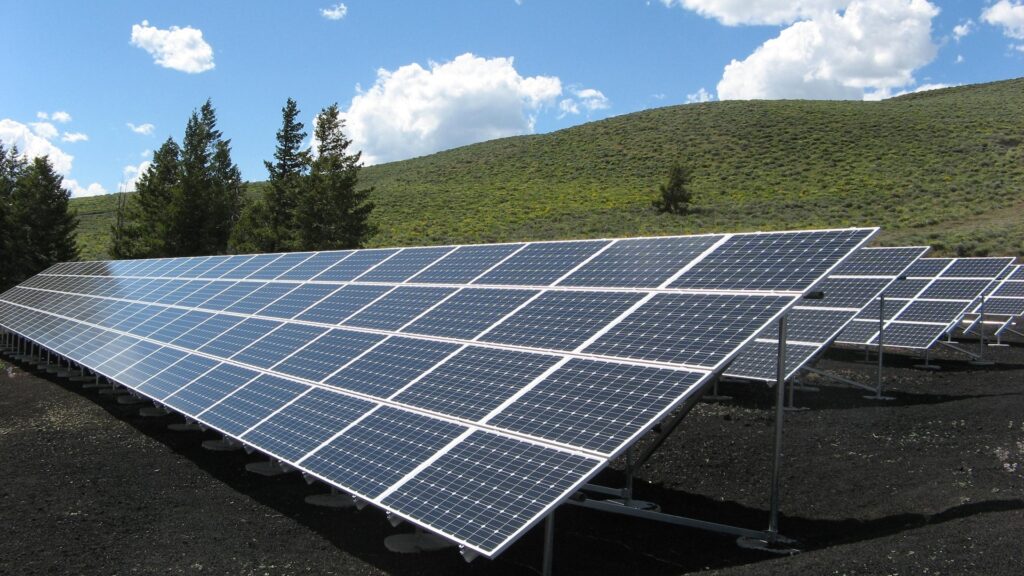The Diverse World of Alternative Energy: A Comprehensive Guide
In our ongoing efforts to combat climate change and transition to a sustainable future, alternative energy sources have gained significant attention. These innovative solutions offer a cleaner and greener approach to meet our energy needs while reducing our carbon footprint. In this comprehensive guide, we will delve into the diverse world of alternative energy, exploring various sustainable technologies that hold the key to a more sustainable and environmentally friendly future.
- Solar Power: Tapping into the Sun’s Energy
Solar power has emerged as one of the most popular and widely adopted alternative energy sources. By harnessing the sun’s energy through photovoltaic (PV) panels, solar power systems can generate electricity without emitting greenhouse gases. Solar power has vast potential for both residential and commercial applications, providing clean and renewable energy for a wide range of purposes.
- Wind Energy: Harnessing the Power of the Wind
Wind energy is another prominent player in the alternative energy sector. Wind turbines capture the kinetic energy of the wind and convert it into electricity. Wind farms, consisting of multiple turbines, are becoming increasingly common worldwide. With advancements in technology and larger, more efficient turbines, wind energy is rapidly expanding as a reliable and sustainable source of power.
- Hydropower: Utilizing the Power of Water
Hydropower utilizes the energy of moving water, such as rivers or waterfalls, to generate electricity. Large-scale hydroelectric power plants provide significant amounts of renewable energy, while smaller-scale installations, such as micro-hydropower systems, can be utilized in rural or remote areas. Hydropower is a reliable and consistent source of energy, making it a valuable contributor to the alternative energy mix.
- Geothermal Energy: Tapping into Earth’s Heat
Geothermal energy harnesses the natural heat stored within the Earth. This alternative energy source involves extracting steam or hot water from geothermal reservoirs deep underground to generate electricity or provide heating and cooling solutions. Geothermal power plants offer a sustainable and consistent source of energy, making use of the Earth’s natural heat and reducing reliance on fossil fuels.
- Bioenergy: Powering Sustainable Solutions
Bioenergy utilizes organic materials such as biomass, agricultural waste, or dedicated energy crops to produce heat, electricity, or biofuels. Biomass can be burned directly or converted into biogas or biofuels through processes like anaerobic digestion or bioconversion. Bioenergy represents a renewable and carbon-neutral alternative, reducing dependence on fossil fuels and promoting sustainable waste management practices.
- Energy Efficiency: Maximizing the Potential
In addition to exploring alternative energy sources, energy efficiency plays a crucial role in achieving sustainability goals. By optimizing energy use and reducing waste, energy-efficient practices and technologies ensure that we make the most of available resources. Energy-efficient buildings, appliances, transportation, and industrial processes all contribute to a more sustainable and eco-friendly future.
Conclusion:
The world of alternative energy offers a diverse range of sustainable technologies that pave the way to a cleaner and greener future. From solar power and wind energy to hydropower, geothermal energy, and bioenergy, each alternative energy source plays a crucial role in reducing our dependence on fossil fuels and mitigating the impacts of climate change. By embracing alternative energy and promoting energy efficiency, we can create a more sustainable world for future generations.

